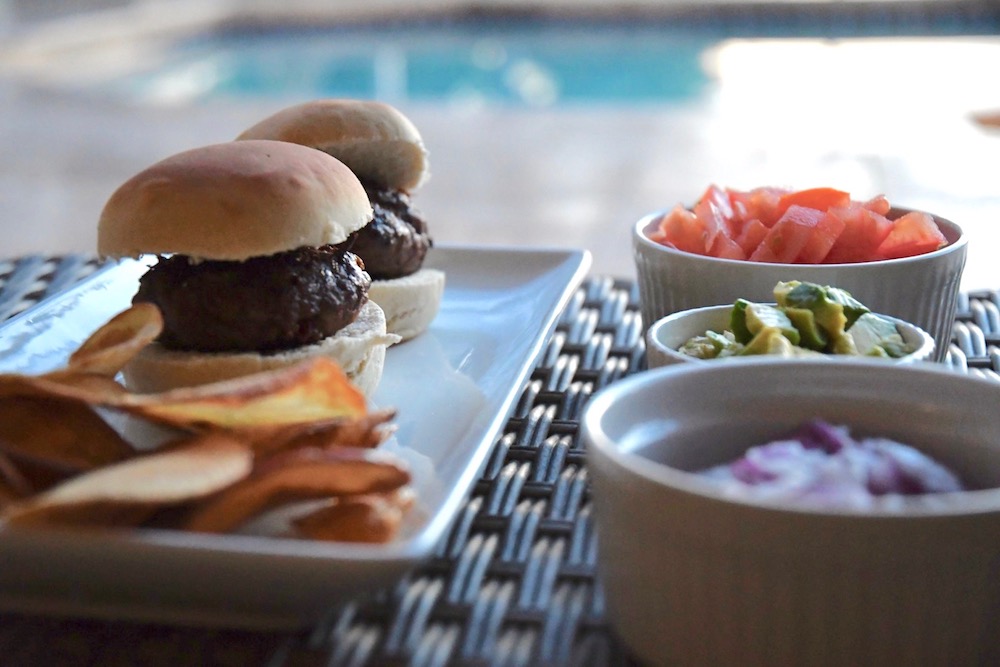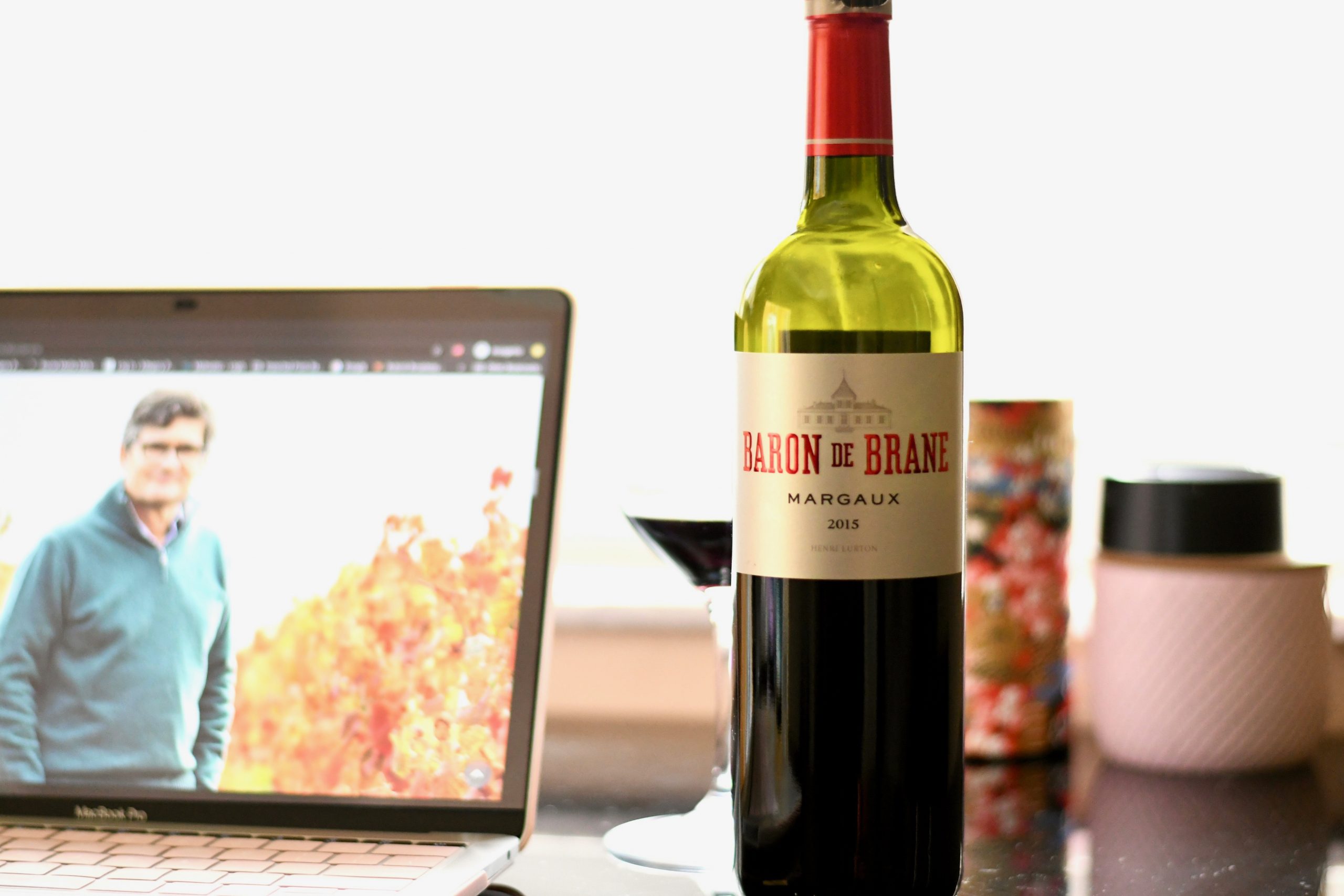Satisfy your beef cravings with these two classic, beefy recipes: Hamburgers with home made buns; and Filet Mignon with Classic Bernaise sauce. Plus, “Where’s the Beef” — everyone has something to say living through this COVID_19 pandemic.


Satisfy your beef cravings with these two classic, beefy recipes: Hamburgers with home made buns; and Filet Mignon with Classic Bernaise sauce. Plus, “Where’s the Beef” — everyone has something to say living through this COVID_19 pandemic.

What are wine tasting notes, why are they used and do we really need them? Here’s my take on wine tasting notes.